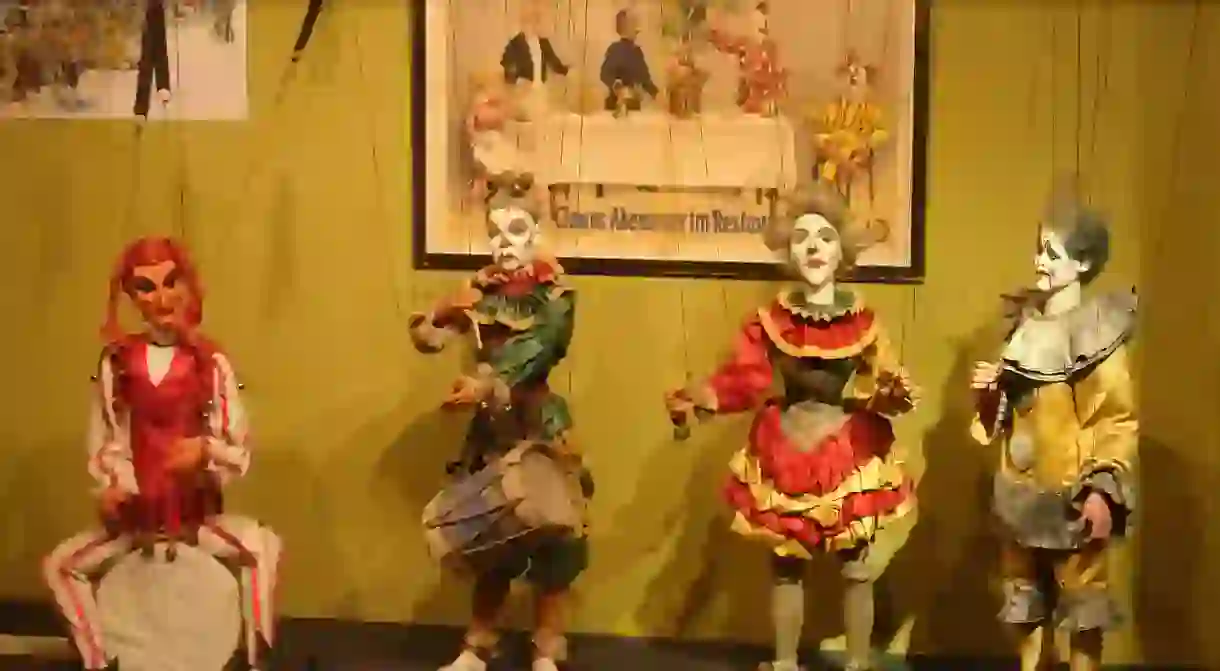The Best Museums to Visit in Lübeck, Germany

Lübeck might be small, but it really packs a punch in terms of the attractions it offers – though mostly known as a pretty port town, it is also steeped in rich culture. A series of excellent museums covering all tastes and interests make sure that travelers are introduced to amazing concepts and fascinating exhibits.
In Lübeck, you can visit not one, but two outstanding literary museums – plus, as it’s among the most significant Hanseatic cities, it’s unsurprising that it has three museums dedicated to its rich maritime and trade heritage. There is also a great museum for art lovers and a puppet museum that the entire family will enjoy.
Buddenbrook House
Museum

Buddenbrook House is a tribute to the famous Nobel Laureate Thomas Mann and his iconic novel, The Buddenbrooks. This exceptional museum brings to life scenes and pieces from the novel and allows literature enthusiasts a chance to virtually walk through sets of the novel.
Museum Holsten Gate
Building, Museum

The Holsten Gate is not only the icon of the city of Lübeck, but is among the most recognized landmarks in the entire country. While its facade is beautiful and promises the perfect background for holiday photos, its interior is no less interesting. The Holsten Gate Museum housed inside tells the story of the Hanseatic League and the significant status of Lübeck as a trade hub, economic powerhouse and affluent town in bygone days. The information is presented in an interesting way through exhibits such as ship models, weapons, armor and other remnants of the trading era.
Museum Behnhouse/Drägerhouse
Museum

Art lovers must make a beeline for Museum Behnhouse/Drägerhouse, an ensemble of two palatial buildings, which is home to priceless paintings and sculptures from the 19th century and the classical modern period. The main focus of the museum exhibits is artwork belonging to the Age of Romanticism and the Nazarenes, and includes the works of famous, gifted artists.
Günter Grass-House
Museum
European Hansemuseum
Museum
For an in-depth understanding of the rise, flourish and fall of the Hanseatic League, the European Hansemuseum is your best bet. It is the biggest and the best museum of its kind in the world, and boasts an amazing range of historic documents, original artifacts and even reconstructed ports. Many of the exhibits are interactive, which adds significantly to its appeal.
Border Documentation Site Lübeck-Schlutup
Museum
During the East-West divide, Lübeck happened to have a very interesting location – it was the only West German city sitting directly on the border with East Germany. The Selmsdorf border crossing in town was the northernmost border for goods crossing over to Scandinavia. The Border Documentation Site stands as a reminder of those tumultuous times, and how they influenced trade and commerce in the country and beyond. In this museum, you can expect to see a wide collection of uniforms, memorabilia, photographs, documents, and more pertaining to the period.
Theater Figuren Museum
Museum

The historic walls of Theater Figuren Museum preserve the world’s most extensive collection of puppets, stages, props, posters and barrel organs, collected over 300 years from three continents. Through the exhibits, the museum tells the story of the role played by puppets in cultures across history, and also educates visitors about the myths and legends associated with puppets in various countries. The information is presented in German and English.













